What are the differences between zirconia ceramics and alumina ceramics
Alumina ceramics and zirconia ceramics are two common high-performance ceramic materials, which have significant differences in chemical composition, physical properties, mechanical properties, and application fields. Here is a detailed comparison between the two:
Chemical composition and crystal structure
-Aluminum oxide ceramics: The main component is aluminum oxide (Al ₂ O ∝), which usually adopts a hexagonal crystal structure. This structure gives it high hardness and good wear resistance.
-Zirconia ceramics: The main component is zirconia (ZrO ₂), which exists in three crystal phases: monoclinic, tetragonal, and cubic. By doping, its phase stability can be adjusted, thereby enhancing toughness and crack propagation resistance.
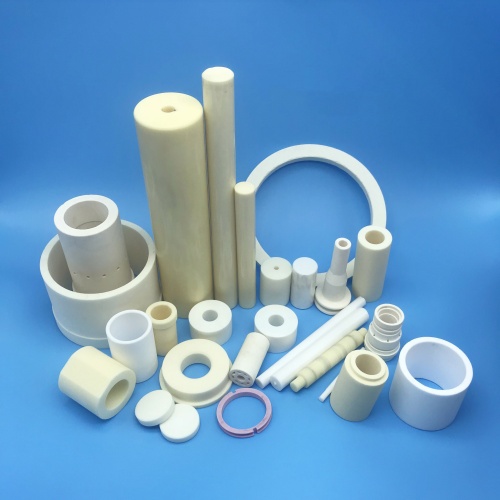
Physical property
-Density: The density of zirconia ceramics is about 6 g/cm ³, which is twice that of alumina ceramics (with a density of about 3.5 g/cm ³). Therefore, zirconia ceramics have higher quality at the same volume.
-Hardness: The Mohs hardness of alumina ceramics is 9, slightly higher than that of zirconia ceramics (Mohs hardness of 8.5). This means that alumina ceramics perform better in terms of wear resistance and scratch resistance.
-Thermal conductivity: Alumina ceramics have high thermal conductivity and are suitable for applications that require rapid heat transfer. Zirconia ceramics have lower thermal conductivity and better thermal insulation performance.
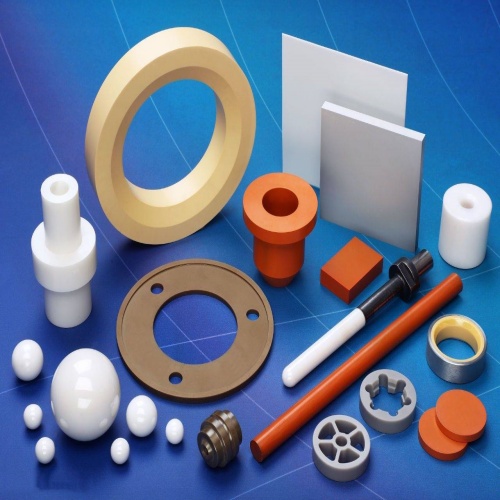
Mechanical properties
-Fracture toughness: The fracture toughness of zirconia ceramics is four times that of alumina ceramics. Under high stress conditions, zirconia ceramics are less prone to brittle fracture.
-Compressive strength: Zirconia ceramics have a higher compressive strength, reaching over 300 MPa, while alumina ceramics have a compressive strength of about 190 MPa.
-Friction coefficient: The friction coefficient of zirconia ceramics is only half of that of alumina ceramics, which makes zirconia ceramics perform better in reducing friction and wear.
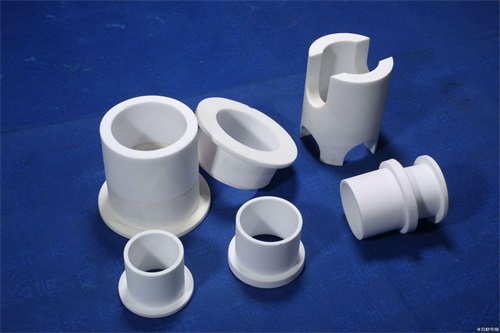
Chemical stability
-Corrosion resistance: Zirconia ceramics perform better in highly corrosive environments and can maintain their performance for a long time. Aluminum oxide ceramics have slightly better stability in strong acid environments.
-Insulation performance: Alumina ceramics have better insulation performance than zirconia ceramics, so in applications that require high insulation, alumina ceramics are a better choice.

Application area
-Alumina ceramics: widely used in fields such as aerospace, electronics, medical devices, and automotive components. For example, alumina ceramic cutting tools, ball valves, grinding wheels, etc.
-Zirconia ceramics: commonly used in dentures, cutting tools, bearings, and structural components that require high mechanical strength and wear resistance. In addition, zirconia ceramics are also used in the nuclear energy industry due to their excellent radiation resistance.
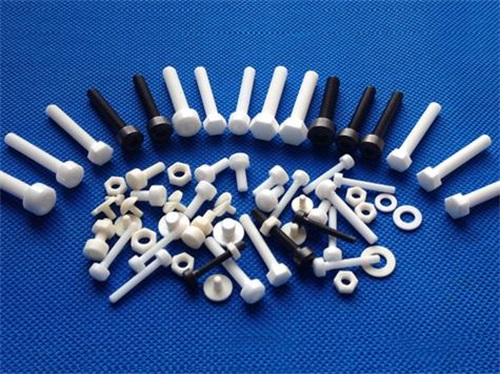
Cost
-Alumina ceramics: The production cost is relatively low, usually 2/3 to 1/2 of zirconia ceramics.
-Zirconia ceramics: Due to high raw material costs, high sintering temperatures, and difficult processing, their production costs are significantly higher than those of alumina ceramics.
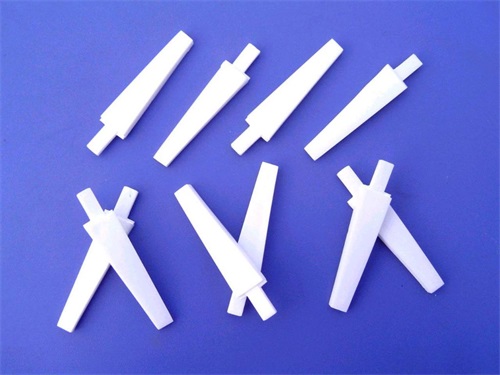
Alumina ceramics and zirconia ceramics each have their own advantages, and the selection needs to be balanced according to specific application requirements. If high hardness, wear resistance, and good insulation performance are required, alumina ceramics are a better choice; If high toughness, impact resistance, and good insulation performance are required, zirconia ceramics are more suitable.
PREVIOUS:What are the performance advantages of ceramic flanges
CATEGORIES
LATEST NEWS
- Petrochemical ceramic injec...
- Zirconia Ceramic Rod Custom...
- High-temperature resistance...
- What is the wear resistance...
- What is the hardness of cer...
- Aluminum oxide ceramic cust...
- What are the main aspects o...
- What are the mechanical pro...
- Thermal properties of zirco...
- What properties should be c...
